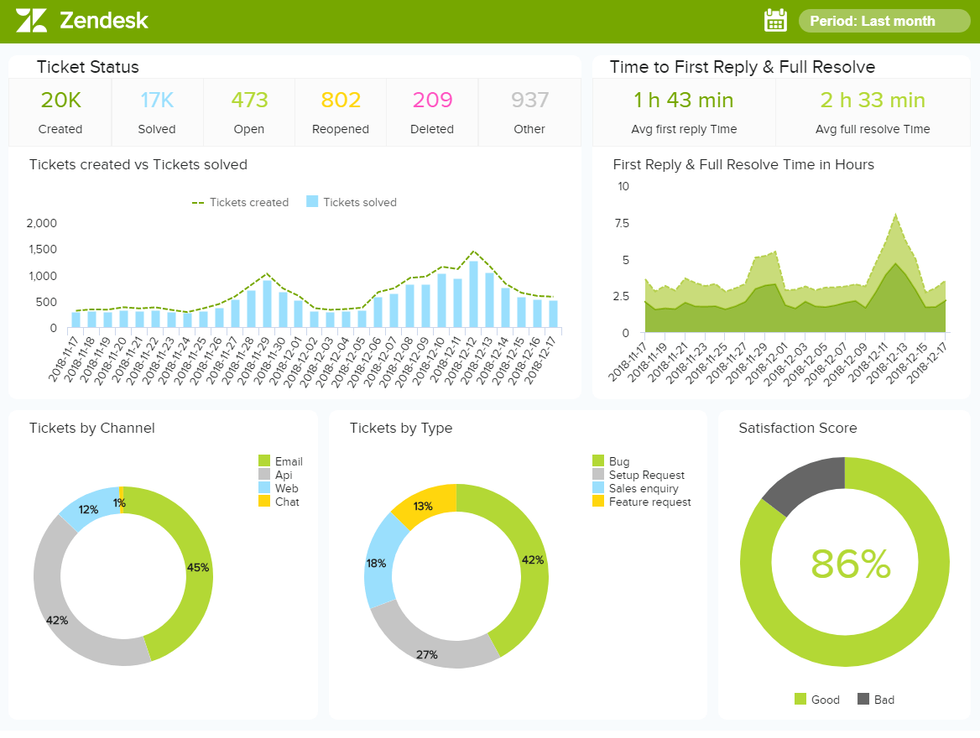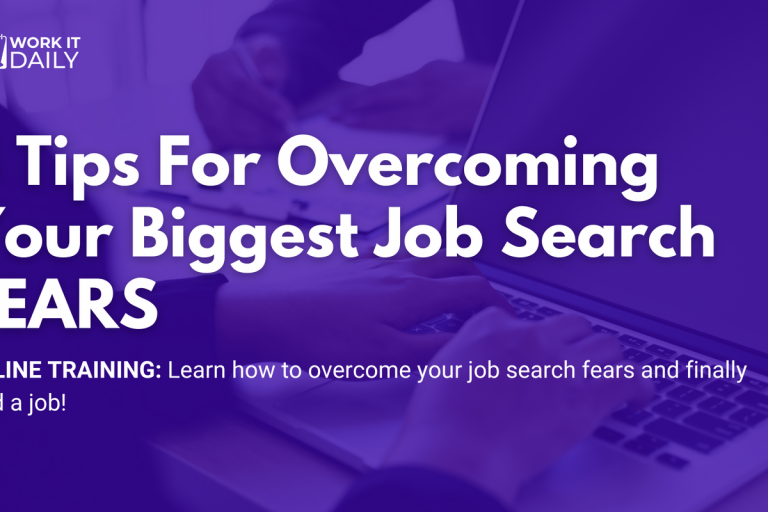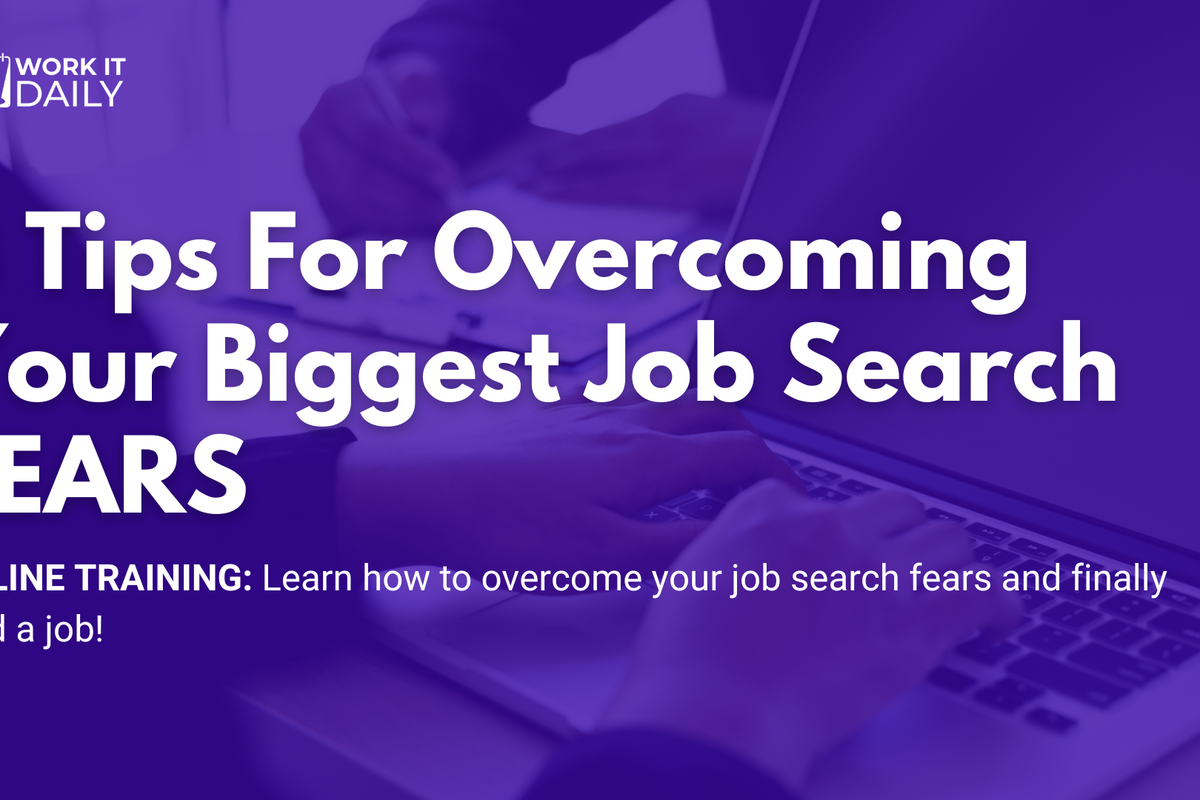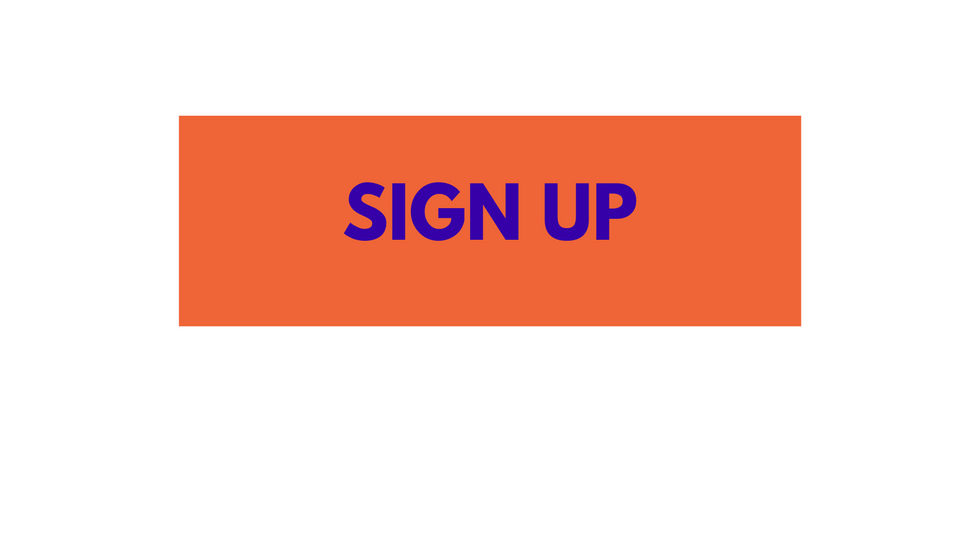
Moving up in your career takes skill and determination. It also requires you to work on your career, not just in it. When we think about people who have mastered the art of career advancement, executives and other business leaders come to mindâthose at the top who know their stuff and are very influential within their organization and line of work.
To inspire you to reach new heights in your career, we recently asked our leading executives, “What is the smartest thing you have done to advance your career?”
Here are their responses…
Lisa Perry, Global Marketing Executive

The single smartest thing Iâve done to advance my career was to get an MBA. At the time, I was a marketing manager working for a company called Schwanâs (markets frozen food products in grocery stores). I had three objectives in going back to school to get my MBA: work within the CPG (consumer packaged goods) industry, advance my career, and increase my salary. It took me three years to get my MBA, going at night after working all day. Once I graduated, I was able to secure a job with ConAgra Brands, a Fortune 500 CPG company, as a brand manager. My salary increased by over 55% with ConAgra Brands. During my four years with the company, I had the opportunity to work for some of the most established brands within their portfolio like Orville Redenbacher and Chef Boyardee. And my salary grew by over 48% during my tenure with the company.
From ConAgra Brands, Iâve gone on to work for companies like The Coca-Cola Company, Activision to mid-size companies, and emerging growth start-ups. My MBA has paid off tenfold for me and opened up huge opportunities throughout my career.
Lisa Perry helps companies build leadership brands, driving loyal customers & delivering profitability. She does this through a process that builds brands consumers love. Her goal is to help companies develop, monetize, and grow their brands.
Jim Black, Engineering & Technical Executive

As I sit and think about this subject, I am flooded with many things. Defining the “smartest” is proving to be challenging. As I continue to contemplate the idea, one thing remains constant… never giving up on learning.
When I am feeling stagnant in my career, I realize I am not learning something. When I am frustrated by a task, I learn from others how to accomplish that objective. When I am confused or stumped by a problem, I seek others in the world who have struggled for answers. The common theme… I am learning.
The Buddhists have a saying in Ch’an (Chinese version of Zen) to “Always have a beginner’s mind.” This saying has served me well because I approach a situation as an opportunity to learn. Place judgment aside, remove my preconceived notions, and enter the situation with curiosity. By opening my eyes to the learning experience, I can grow and become better than I was yesterday. Keeping this optimism is often difficult in the modern workplace; however, in the times I take a setback, I find my greatest opportunity to grow. Growth leads to opportunity. Opportunity has been how I advance my career.
Jim Black is an engineering professional focused on the development of technical professionals. He is also a professional bass player.
Liam Anderson, Contact Center Technology Consultant

My career is more like a bowl of spaghetti than a linear progression. My smartest moves came from recognizing two kinds of opportunities:
1. Doing something no one else wants to do. In my case, this included traveling to train clients in âundesirableâ places, (thatâs how I ended up in Siberia!), writing documentation (too âboringâ for the techies), and creating a 5-level language course for the Bulgarian Army, in my spare time, in a week (task considered “insane”).
2. Sorting out disasters. This included building a clientâs compliance process from scratch when we had a violation and retraining a customer free of charge because they had not been trained when given the product. No one gets the Medal of Honor in ideal conditions!
If you can be the person who gets the âcrapâ jobs done, or who fixes things when they go sideways, then youâll get the right reputation.
Liam Anderson has spent the last 15 years in the contact center industry technology space. He helps customers use this technology to achieve and sustain business success.
Dr. Hannah Hartwell, Learning & Development Executive

Professional networking for sure! Networking in the sense of creating mutually beneficial relationships rather than short-term interactions. There are countless ways to do this, especially by joining professional associations and taking on leadership roles. If there isnât an association that captures your interest, then maybe start a new one yourself.
Networking has given me a broader perspective and opened career opportunities that I didnât even know existed. The luxury of a well-maintained professional network adds more value both as an individual contributor and as a leader. Most importantly, networking is about helping the other person. One of my favorite questions to ask is, âHow can I help you?â
Dr. Hannah Hartwell is a learning and development executive and change management practitioner with 15+ years of business transformation experience in the healthcare, pharmaceutical, higher education, and professional services industries.
Andrea Markowski, Marketing Executive

If you believe in yourself, you should bet on yourself.
Are you the type of person whoâs never happy with the status quo and who always seeks out challenges?
Whenever I find myself starting to veer into zombie mode (doing the same thing repeatedly with no additional sense of joy, wonder, or accomplishment), I know itâs time to learn a new skill.
Over the years, this has meant taking evening college courses, earning additional certifications, and mastering new technology. This is precisely how I gained a key promotion at a former company, during the midst of a large layoff, no less.
My biggest pivot was going back to school full-time to earn my MBA. It was the right decision for me, and my career has advanced even more because of it.
Again: If you believe in yourself, you should bet on yourself!
Andrea Markowski is a marketing director with specializations in strategy development, digital tactics, design thinking, and creative direction. She has superpowers in presentations and public speaking.
What’s the smartest thing you’ve done to advance your career? Join the conversation inside Work It Daily’s Executive Program.



















































